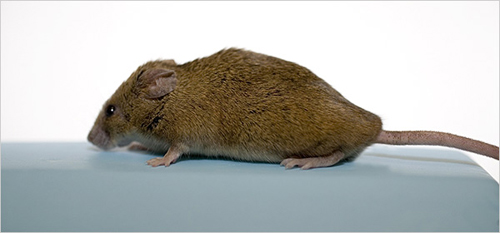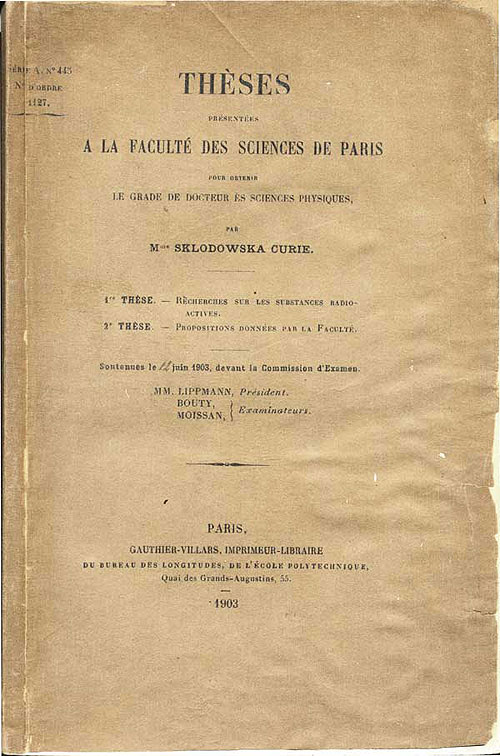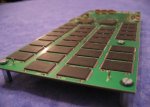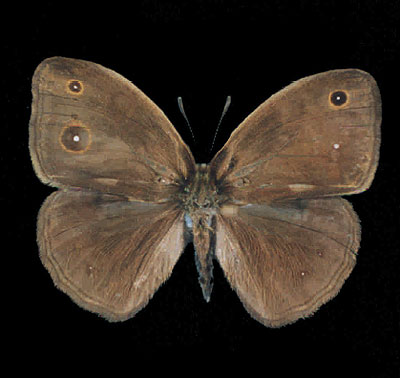Hoping Two Drugs Carry a Side Effect: Longer Life, by Nicholas Wade

Image and text source: NYTimes
Published: July 22, 2008
BOSTON, Mass. — One day last month, clad in white plastic garments from head to toe, Dr. David Sinclair showed a visitor around his germ-free mouse room here at Harvard Medical School.
The mice, subjects in studies of health and longevity, are kept in wire baskets under intensive nursing care. A mouse gym holds a miniature exercise machine that tests the rodents’ ability to balance on a rotating bar. In a nearby water maze, mice must recall visual cues to swim to safety on a hidden platform, a test of their powers of memory. Those that forget their lessons are rescued as they start to submerge and humanely dried out under a heat lamp, Dr. Sinclair generic neurontin assured his visitor.
Dr. Sinclair is a co-founder of Sirtris, a company that itself has been swimming in uncharted waters as it works to develop drugs that may extend the human life span. But it seemed to have found a safe platform last month when it was bought last month by the pharmaceutical giant GlaxoSmithKline for $720 million.
Sirtris has two drugs in clinical trials. One is being tested against Type 2 diabetes, one of the many diseases of aging that the company’s scientists hope the drugs will avert. With success against just one such disease, the impact on health “could be possibly transformational,” said Dr. Patrick Vallance, head of drug discovery at GlaxoSmithKline.
Read the entire article at NYTimes












